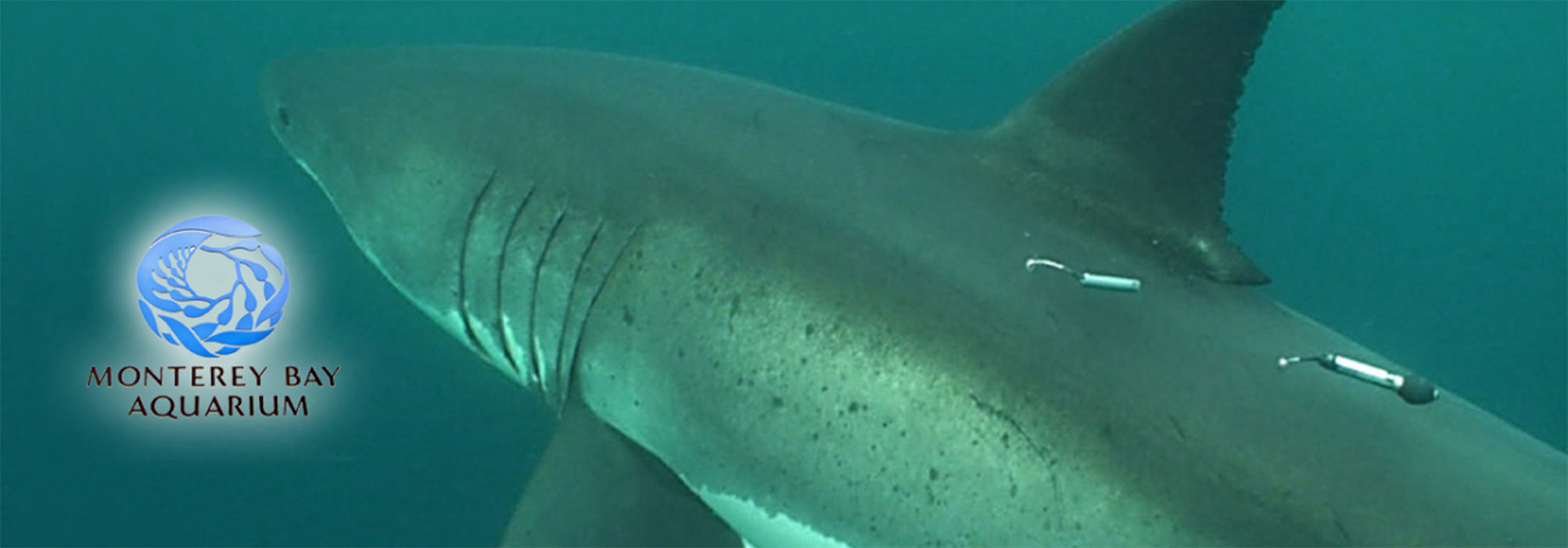Monterey Bay Aquarium
 Purchasing only those wild fish stocks harvested sustainably was first trumpeted to consumers as an empowerment by the Monterey Bay Aquarium through their Seafood Watch Program. Replicated throughout the world, Seafood Watch has done more to promote sustainable fishing than any other single initiative. But, it didn’t happen overnight, and there was resistance.
Purchasing only those wild fish stocks harvested sustainably was first trumpeted to consumers as an empowerment by the Monterey Bay Aquarium through their Seafood Watch Program. Replicated throughout the world, Seafood Watch has done more to promote sustainable fishing than any other single initiative. But, it didn’t happen overnight, and there was resistance.
The Aquarium recommends three actions consumers can take to ensure the seafood they are consuming is sustainable: One, make ocean-friendly choices when you eat seafood; two, view the Seafood Watch sustainable recipes; and three, dine at a partner restaurant.
Hear more about Seafood Watch and how it got its start
You can also download their Seafood Watch App at: http://www.seafoodwatch.org/
 The Monterey Bay Aquarium plays a leading role in rebuilding Sea Otter populations from their recent endangered low of 50, to their current 3,000. So much more takes place at the aquarium that goes well beyond the glass walls of their amazingly huge tanks, such as tagging and tracking Great Whites. , championing legislation to block the trade in shark fins, and conducting research on the health of Blue Fin Tuna populations.
The Monterey Bay Aquarium plays a leading role in rebuilding Sea Otter populations from their recent endangered low of 50, to their current 3,000. So much more takes place at the aquarium that goes well beyond the glass walls of their amazingly huge tanks, such as tagging and tracking Great Whites. , championing legislation to block the trade in shark fins, and conducting research on the health of Blue Fin Tuna populations.
Radio tracking of White Sharks may be important, but nothing gets the attention of beach goers more than a report of one of the Aquarium’s Great Whites heading for a beach. Monterey Bay is the seasonal home to adult white sharks, which return to California in late summer and early fall after spending months offshore in waters as far west as Hawaii. The sharks gather to feed when native juvenile elephant seals assemble together and haul out in colonies along the Central Coast.
Hear from Monterey’s Ken Peterson on conservation
For more about the Aquarium’s various world-class research programs, visit: http://www.montereybayaquarium.org/animal-guide/fishes/white-shark
 Blue Fish Canada/Poisson Bleu Canada
Blue Fish Canada/Poisson Bleu Canada